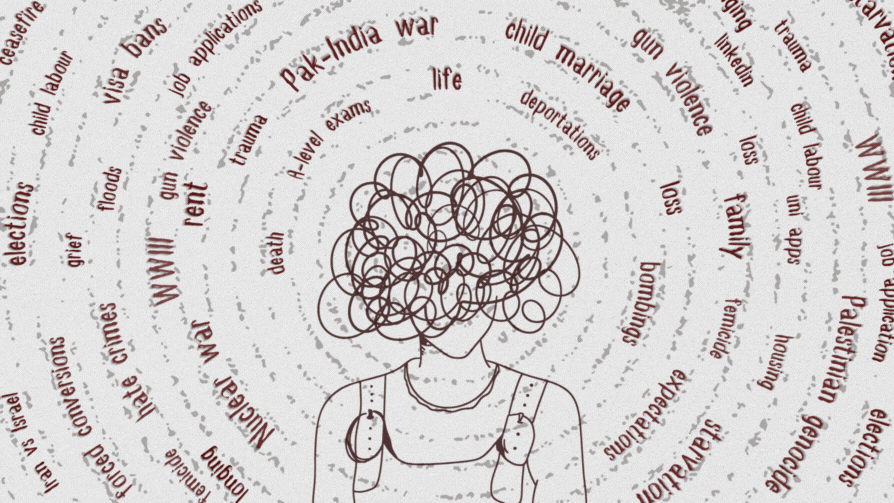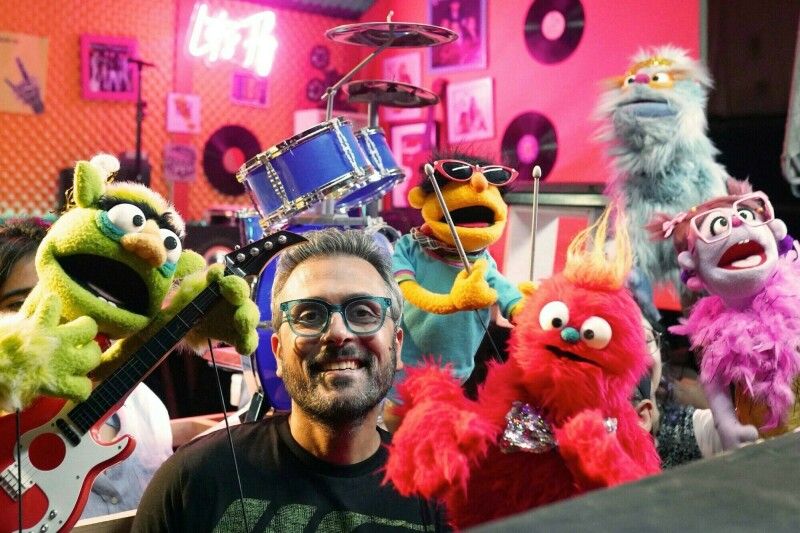Barbie becomes more diverse and inclusive with the launch of its first-ever Down syndrome doll
Barbie creator Mattel, the American multinational toy manufacturing company, has released its first doll with Down syndrome in an effort to help more children find a toy that represents them. The company received backlash over the original Barbie, which was launched in 1959, featuring long legs, a tiny waist, and flowing blonde locks, which is an unrealistic body image for most women around the world.
In 2016, Mattel released Curvy Barbie, Tall Barbie and Petite Barbie, as well as a wide range of skin tones reflecting many different ethnicities.
The company has since launched dolls with a hearing aid, a prosthetic limb and a wheelchair.

Lisa McKnight, global head of Barbie & Dolls at Mattel, said she hoped the new doll would help “all children to see themselves in Barbie”, while also encouraging children to play with dolls who do not look like themselves. “Doll play outside of a child’s own lived experience can teach understanding and build a greater sense of empathy, leading to a more accepting world. We are proud to introduce a Barbie doll with Down syndrome to better reflect the world around us and further our commitment to celebrating inclusion through play.”
Mattel said it worked closely with the US National Down Syndrome Society to ensure its latest doll accurately represented a person with Down syndrome.
The doll has a shorter frame and longer torso, with a rounder face and smaller ears, a flat nasal bridge and almond-shaped eyes, which can all be characteristics of women who have the genetic condition. The doll’s puff-sleeved dress is yellow and blue, colours associated with Down syndrome awareness.

The doll also has a pink pendant necklace with three upward chevrons representing the three copies of the 21st chromosome, the genetic material that causes the characteristics associated with Down syndrome and also wears pink ankle foot orthotics to match its outfit as some children with Down syndrome use orthotics to support their feet and ankles.

British model Ellie Goldstein, an advocate for inclusion, visibility and understanding of people with Down syndrome, posted pictures with the new doll on her Instagram and spoke about how “emotional” and “proud” she was after seeing the doll.
“I am so thrilled there are now Barbie dolls with Down’s syndrome. When I saw the doll I felt so emotional, and proud. It means a lot to me that children will be able to play with the doll and learn that everyone is different. I am proud that Barbie chose me to show the dolls to the world. Diversity is important as people need to see more people like me out there in the world and not be hidden away, Barbie will help make this happen,” she said.
We love seeing inclusivity — especially in arenas that children frequent. Mattel making Barbie more inclusive is exactly the kind of change we want to see!













